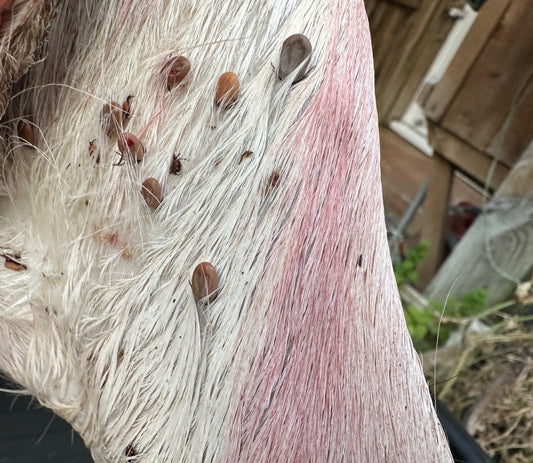Understanding the intricacies of deer behaviour is a cornerstone for achieving effective and sustainable land management. The presence of deer, their movement, and feeding habits significantly impact the flora and fauna of an estate, thereby affecting its overall health and productivity.

Feeding Habits: Deer are selective feeders with preferences changing with the seasons. They consume a variety of vegetation including grasses, forbs, shrubs, and even tree bark during harsh winter months. Over-browsing is a common concern in areas with high deer density, leading to habitat degradation and loss of biodiversity. For instance, the overgrazing by deer in woodlands can lead to an understorey devoid of shrubs, affecting bird populations that nest at that level. Employing a deer management plan to control deer numbers can mitigate over-browsing, promoting a balanced and diverse ecosystem.
Movement Patterns: Deer exhibit crepuscular behaviour, being most active during dawn and dusk. Their movement is primarily driven by the availability of food and water, cover, and during the rut, the presence of potential mates. Understanding these movement patterns, such as the routes deer take between feeding and bedding areas, can aid in formulating strategies for habitat improvement, reducing deer-vehicle collisions, and managing human-deer interactions.
Reproduction: The breeding season or the rut is a period of heightened deer activity, especially among males competing for mates. During this period, deer are more visible and exhibit less caution, often leading to increased deer-vehicle collisions. Knowledge of the rut and fawning seasons can inform timing of specific management actions such as culling operations or habitat enhancements.
Seasonal Behaviour: Deer behaviour adapts to the changing seasons. For example, deer form groups or "yards" during winter for protection against harsh weather and predators. Conversely, they disperse during spring and summer for foraging. Adjusting management strategies to these seasonal behaviours, such as timing culls outside of stressful winter months, can enhance the effectiveness of deer management efforts.
Human-Deer Interactions: Human activities significantly impact deer behaviour and habitat use. Noise, presence of dogs, and recreational activities can alter deer movement patterns, potentially leading to human-wildlife conflicts. Implementing measures such as clear signage indicating restricted areas during critical times can help mitigate negative interactions.
Deer-Habitat Interactions: Deer influence and are influenced by the habitats they occupy. They play a role in seed dispersal and nutrient cycling but can also contribute to habitat degradation if not managed properly. Understanding these interactions can guide habitat restoration efforts, ensuring a sustainable co-existence between deer and other wildlife species.
Delving into the behaviour of deer provides a pathway to tailor land management strategies that foster a harmonious co-existence between deer, other wildlife, and human activities. At Wildscape Deer Management, we are adept at crafting deer management plans that align with the ecological and economic goals of your estate. Reach out to us to explore how a nuanced understanding of deer behaviour can translate into effective land management practices tailored to the unique characteristics of your property.




